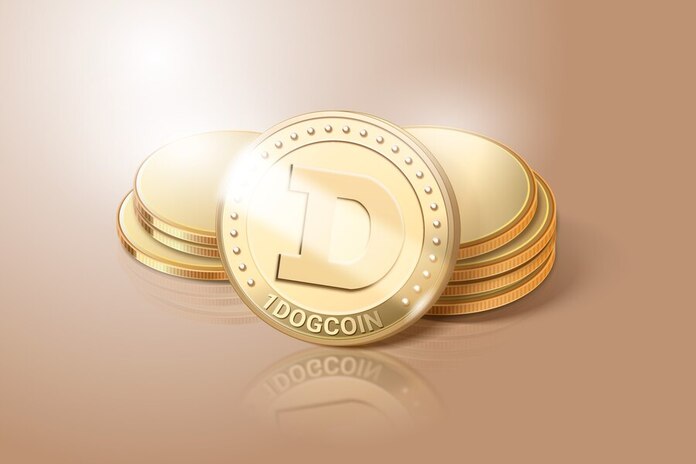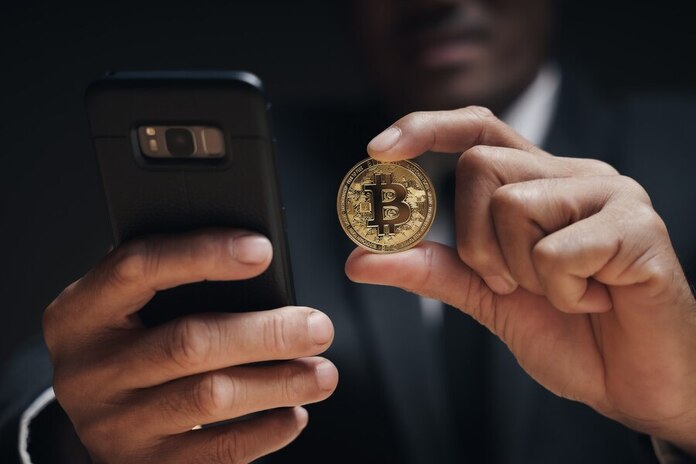BNB’s 12% Weekly Surge: Approaching Peak or Just Starting?
This post was originally published on this site

BNB experienced a notable 12% rise in value over the past week, reaching a nearly two-week high of $620 by March 29. This surge, while impressive, prompts speculation about whether BNB has hit its peak or if it’s poised for further growth. Compared to its competitor Ether, which saw a 5% increase over the same period, BNB’s surge narrowed the valuation gap between the two. However, insights from on-chain BNB Chain data suggest that the recent rally might have pushed the limits too far.
Factors Influencing BNB’s Price
Market analysts observe a correlation between the crypto market’s upward trajectory and inflows into spot Bitcoin exchange-traded funds (ETFs). However, the week ending March 23 marked a setback as these ETFs experienced a net outflow of $890 million for the first time since their introduction in January. Despite this, recent data indicates a reduction in outflows from the Grayscale GBTC fund, with only $104 million exiting the fund by March 28.
In early March, BNB’s price surged by 61.7%, reaching a peak of $645 and a market capitalization of $96.4 billion. Yet, momentum slowed afterward. For context, BNB reached an all-time high valuation of $116 billion in November 2021. Notably, the total value locked (TVL) on BNB Chain, representing deposits in the network’s smart contracts, peaked at $15.7 billion but has since fallen to $7.1 billion, marking a 55% decrease.
Contextualizing BNB Chain’s Performance
Considering the overall decline in the crypto market, particularly in decentralized finance (DeFi) since late 2021, it’s important to contextualize BNB Chain’s TVL decline. The total market data for all tracked blockchains has decreased from nearly $205 billion to $155 billion, indicating a 25% drop. Hence, a thorough analysis of BNB Chain’s TVL, especially concerning competitors like Ethereum and Solana, is necessary.
Activity on BNB Chain
TVL isn’t the sole indicator of a blockchain’s success. Numerous decentralized applications (DApps) on the BNB Chain, spanning nonfungible token (NFT) marketplaces, gaming platforms, decentralized betting systems, collectible platforms, and social networks, operate without necessitating significant deposits. In the past week, nearly 2 million active addresses engaged with DApps on the BNB Chain, showcasing significant activity levels comparable to Ethereum’s most active layer-2 networks.
Forecasting Future Trends
Predicting cryptocurrency trends is challenging, but examining derivative metrics such as the demand for leverage in BNB perpetual futures contracts provides insights into market sentiment. While the demand for leveraged long positions has stabilized, with the 8-hour funding rate holding around 0.03%, optimism remains despite BNB’s price struggle with the $620 level. Typically, a positive funding rate above 1.2% per week indicates bullish market sentiment.
Featured Image: Freepik














